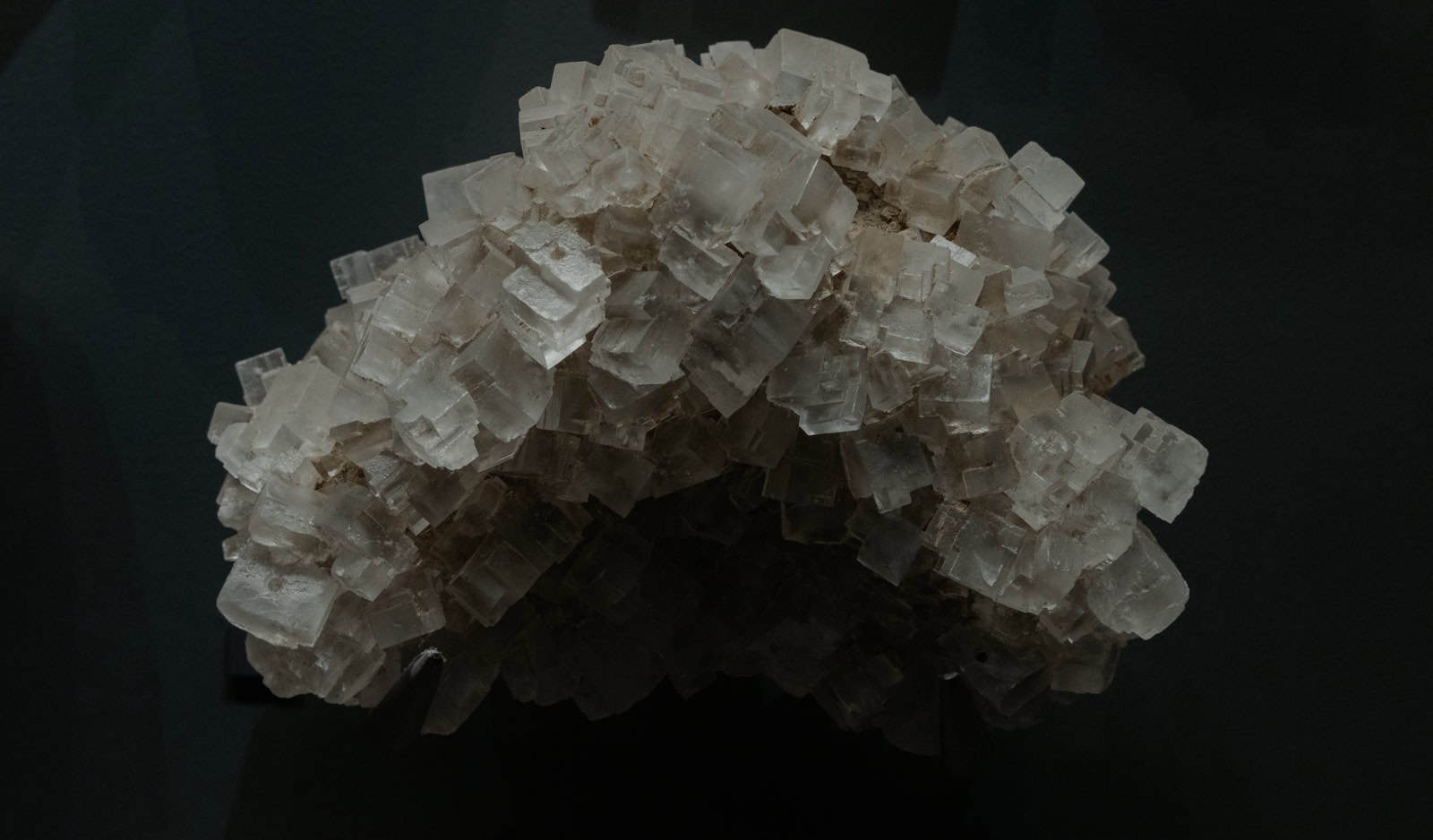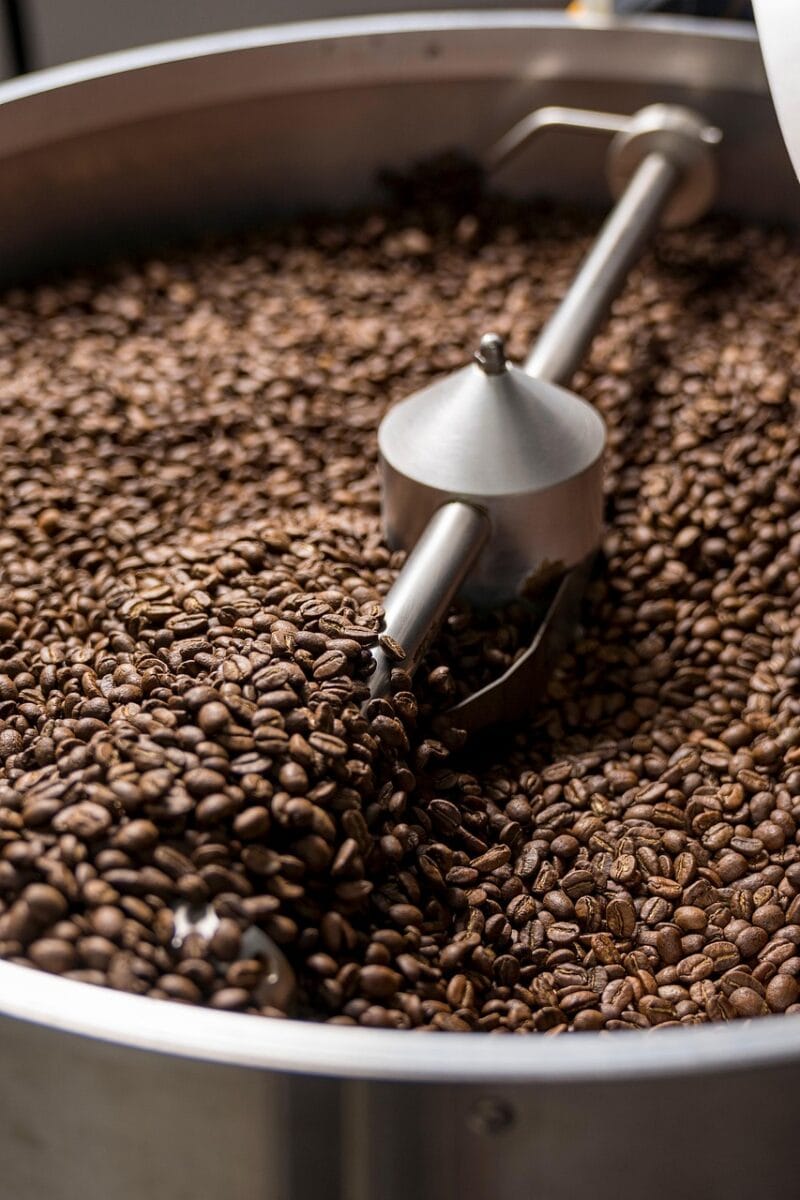Understanding Material Properties: How the Tempering Process Works
Tempering is a careful heat-treatment process used on iron-based metals, especially steel, after they’ve been hardened. The main goal is simple: reduce brittleness and increase toughness. This transforms a material that’s too fragile for most uses into something resilient and durable.
Without the tempering process, countless hardened steel parts would shatter under the first shock or load. Think of engine crankshafts or simple wood chisels. This process isn’t an afterthought. It’s a critical, deliberate way to change steel’s internal structure.
This article takes a deep look at the tempering process. We’ll explore the science behind it, the key factors that control it, and how it’s used in engineering and manufacturing.
Why Tempering Matters
To understand tempering, you first need to know what steel looks like right after hardening. These two processes are linked together. They form a sequence that’s fundamental to working with metals.
The Quenching Process
Hardening starts by heating steel to a specific high temperature called the austenitizing temperature. At this point, the steel’s crystal structure changes into a phase called austenite. This phase can dissolve a lot of carbon.
Then the steel gets cooled rapidly, or quenched, usually in water, oil, or air. This extreme cooling rate is crucial. It traps carbon atoms within the iron crystal structure, stopping them from forming softer, more stable forms like pearlite or bainite.
This rapid change creates martensite. Fresh martensite has a body-centered tetragonal (BCT) crystal structure. This is a distorted and highly strained setup that gives extreme hardness but also extreme brittleness and high internal stress.
Hardness vs. Toughness
In materials science, hardness measures how well a material resists local damage like scratching or denting. Toughness is different. It’s the ability to absorb energy and bend before breaking.
Fresh martensitic steel has maximum hardness but minimal toughness. This makes it unsuitable for any job involving impact, vibration, or bending. It would fail catastrophically and without warning.
The main goal of tempering is to trade a small amount of peak hardness for a big gain in toughness. This relieves internal stresses and creates a more reliable engineering material.
Table 1: Property Comparison of As-Quenched vs. Tempered Steel
Property | As-Quenched Steel (e.g., 1095 Carbon Steel) | Tempered Steel (e.g., Tempered at 400°C) |
Microstructure | Untempered Martensite (BCT) | Tempered Martensite (Ferrite + Carbides) |
Hardness | Very High (e.g., ~65 HRC) | High (e.g., ~55 HRC) |
Toughness | Very Low (Brittle) | Significantly Increased |
Ductility | Very Low | Increased |
Internal Stress | High | Relieved |
Primary Use | Unsuitable for most dynamic applications | Tools, springs, structural components |
How It Works
The “magic” of tempering happens at the microscopic level. By reheating hardened steel to a temperature below its lower critical point, we give atoms the energy they need to rearrange into a more stable state. This happens in clear stages.
Stage 1: Initial Stress Relief (100-250°C)
In this first temperature range, highly mobile carbon atoms start moving from their trapped positions in the martensite structure. This movement immediately relieves much of the high internal stress created during quenching.
These moving carbon atoms form extremely fine, temporary carbides called epsilon (ε) carbides. This formation causes a slight decrease in the distortion of the martensite crystal structure.
The drop in hardness is minimal. This makes this stage ideal for parts that need maximum wear resistance and hardness, like ball bearings and cutting tool edges.
Stage 2: Retained Austenite Transformation (200-300°C)
During quenching, not all austenite may change into martensite. Some can remain, which is unstable and can cause size changes or cracking over time.
This tempering stage gives any retained austenite the energy to transform into a bainitic structure. While not a major stage in most low and medium-carbon steels, it’s critical for higher-carbon and some alloy steels where retained austenite is more common.
Stage 3: Cementite Formation (250-400°C)
This stage marks the biggest transformation in the tempering process. As temperature rises, the less stable epsilon (ε) carbides dissolve back into the iron matrix.
At the same time, more stable iron carbides called cementite (Fe3C) begin to form and grow. These carbides form as small platelets or rods.
Importantly, the original martensite structure, now depleted of its excess carbon, completes its change from the stressed BCT structure to a stable, stress-free body-centered cubic (BCC) structure. This BCC iron matrix is essentially ferrite.
The result is a fine, uniform spread of hard cementite particles within a soft, bendable ferrite matrix. This composite structure, called tempered martensite, creates the dramatic increase in toughness and ductility.
Stage 4: Spheroidization and Softening (400°C+)
At temperatures above about 400°C, the tempering process enters its final stage. The main event here is the coarsening and rounding of the cementite particles.
Driven by the reduction of surface energy, the cementite platelets and rods gradually change into larger, more rounded shapes. This change in shape further reduces stress concentrations within the structure.
This process gives maximum possible toughness and ductility for the steel. But it comes at the cost of a significant drop in hardness and tensile strength. This state works well for applications needing extreme impact resistance, like structural bolts and certain types of springs.
Table 2: Stages of Закалка and Resulting Microstructural Changes
Tempering Stage | Temperature Range (°C) | Key Microstructural Events | Primary Change in Properties |
Stage 1 | 100 – 250 | Precipitation of ε-carbide; reduction in martensite tetragonality. | Significant internal stress relief; slight hardness reduction. |
Stage 2 | 200 – 300 | Transformation of retained austenite to bainite. | Reduces risk of delayed cracking from retained austenite. |
Stage 3 | 250 – 400 | ε-carbides dissolve; stable cementite (Fe3C) precipitates; martensite becomes BCC ferrite. | Major increase in toughness and ductility; hardness continues to decrease. |
Stage 4 | 400+ | Cementite particles coarsen and spheroidize. | Maximum toughness and ductility achieved; significant reduction in hardness and strength. |
Controlling the Process
Getting specific mechanical properties isn’t a matter of chance. It’s the result of precise control over two key variables in the tempering process: temperature and time.
The Role of Temperature
Temperature is the single most important factor in determining the final properties of a tempered part. It decides which stage is reached and how far the transformations go.
There’s a direct and predictable relationship: as tempering temperature increases, hardness and tensile strength decrease, while toughness and ductility increase. This relationship lets engineers “dial in” the desired balance of properties.
This behavior is shown in tempering curves. These are graphs that plot mechanical properties against tempering temperature for a specific alloy. These charts are essential tools for heat treaters and material specifiers.
For example, for a 4140 alloy steel part needing a balance of high strength and good toughness, like an automotive driveshaft, tempering is often done in the 540-650°C range to get the desired performance.
However, there’s a critical issue to watch for: tempered martensite embrittlement (TME), sometimes called “blue brittleness.” For many carbon and low-alloy steels, tempering within a specific range (about 250-400°C) can cause an unexpected drop in toughness. This range should be avoided for applications where impact resistance is critical.
The Influence of Time
While temperature is most important, tempering time, or “soaking time,” is the second critical variable. You need enough time at the target temperature for the changes to occur throughout the entire cross-section of the part.
A common rule is to temper for at least one hour per inch of maximum thickness. But this is only a guideline. The actual required time depends on the alloy, the temperature, and the specific transformation happening.
For a more scientific approach, metallurgists use the Hollomon-Jaffe Parameter (H-J Parameter). This formula, P = T(C + log t), combines the effects of temperature (T, in absolute units) and time (t) into a single parameter (P) that can predict the final hardness of the steel. This advanced concept allows for greater flexibility in process design. It enables the use of shorter times at higher temperatures to achieve the same result as longer times at lower temperatures.
Practical Considerations
Moving from theory to real-world production requires understanding the methods used to perform tempering and how different materials respond to the process.
Common Tempering Methods
The most common and precise method is furnace tempering. Industrial convection ovens provide excellent temperature uniformity through forced air circulation. This ensures consistent properties across an entire batch of parts. For even better thermal control, salt baths offer extremely rapid and uniform heating.
Torch tempering is a more manual, less precise method often used by blacksmiths and for local repairs. It relies on the operator’s skill in judging the steel’s temperature by watching the oxide colors, or temper colors, that form on its surface. A light straw color shows a low temperature (~200°C). A deep blue or grey shows a much higher temperature (~340°C+).
For high-volume, automated production, induction tempering is often used. This method uses electromagnetic induction to rapidly and selectively heat only specific areas of a component. Think of the teeth of a gear or the bearing surface of a shaft. This leaves the core of the part tougher and less hard.
Role of Alloying Elements
The chemical makeup of a steel alloy greatly influences how it responds to tempering.
Carbon content is the primary driver of hardness. Higher carbon content results in harder martensite after quenching and provides more carbon for forming carbides during tempering. This leads to higher strength at any given tempering temperature.
Other alloying elements modify the tempering response in specific ways:
- Chromium (Cr), Molybdenum (Mo), and Vanadium (V) are strong carbide-formers. They increase the steel’s resistance to softening at high temperatures, a property called hot hardness. In sufficient amounts, they can also cause secondary hardening. This is where hardness actually increases in a high-temperature tempering range due to fine, stable alloy carbides forming.
- Silicon (Si) significantly slows the softening process. It slows down the formation and growth of cementite during Stage 3 and 4 tempering. This means a higher temperature is needed to achieve a given level of softness compared to plain carbon steel.
- Manganese (Mn) and Nickel (Ni) primarily increase the hardenability of the steel. This ensures a fully martensitic structure can form upon quenching, which is the necessary starting point for effective tempering.
Quality Control and Troubleshooting
A successful tempering process is controlled and verifiable. Understanding how to confirm results and troubleshoot common problems is essential for any technician or engineer working with heat-treated components.
Verifying Successful Tempering
The most direct method for checking tempering results is hardness testing. Instruments using the Rockwell (HRC), Brinell (HBW), or Vickers (HV) scales provide numbers that can be compared directly to material specifications.
For applications where impact resistance is the main concern, impact testing using a Charpy or Izod test is performed. This test measures how much energy a standardized notched specimen can absorb before breaking. It provides a direct measure of toughness.
Experienced visual inspection can also reveal much. A brittle fracture surface, showing an untempered or improperly tempered part, will often appear bright and crystalline. In contrast, a tough, ductile fracture will have a dull, fibrous appearance. This shows signs of significant bending before failure.
A Practical Troubleshooting Guide
When parts fail to meet specifications, a systematic approach to diagnosis is needed. Common problems often trace back to changes in the core process parameters.
Table 3: Troubleshooting Guide for the Закалка Процесс
Observed Problem | Possible Cause(s) | Recommended Solution(s) |
Part is too brittle / Cracks during service | 1. Tempering temperature was too low. <br> 2. Tempering time was too short. <br> 3. Part was held in the tempered martensite embrittlement range. | 1. Re-temper at a higher temperature (if possible). <br> 2. Increase soak time based on cross-section. <br> 3. Adjust temperature to be above or below the embrittlement range. |
Part is too soft / Wears out quickly | 1. Tempering temperature was too high. <br> 2. Furnace temperature overshot the setpoint. | 1. The part must be re-hardened (re-austenitized and quenched) and then tempered again at the correct temperature. <br> 2. Calibrate furnace and control systems. |
Inconsistent hardness across the part | 1. Uneven heating in the tempering furnace. <br> 2. Part was quenched improperly, leading to non-uniform martensite. | 1. Ensure proper air circulation in the furnace or use a salt bath. <br> 2. Review and optimize the quenching process. |
Surface discoloration (other than temper colors) | 1. Lack of a protective atmosphere in the furnace, leading to excessive oxidation. | 1. Use an inert gas atmosphere or vacuum furnace for critical components. <br> 2. Minor discoloration can be removed by cleaning/polishing. |
Bringing Science and Craft Together
The tempering process perfectly combines deep material science with precise practical application. It’s the crucial step that transforms steel from a hard but fragile substance into a tough, reliable, and versatile engineering material.
By understanding the changes that occur at each stage and by precisely controlling temperature and time, we can tailor the final properties of steel components with remarkable accuracy.
From the blade of a sword to the landing gear of an aircraft, tempering is the final, essential treatment. It unlocks the true potential of steel, enabling it to meet the immense demands of modern technology and craft.
- Heat Treatment and Metallurgy – ASM International https://www.asminternational.org/
- Materials Science and Heat Treatment – NIST https://www.nist.gov/
- Tempering (metallurgy) – Wikipedia https://en.wikipedia.org/wiki/Tempering_(metallurgy)
- Heat Treatment Standards – ASTM International https://www.astm.org/
- Mechanical Engineering and Materials – ASME https://www.asme.org/
- Steel Heat Treatment – ScienceDirect https://www.sciencedirect.com/topics/engineering/tempering
- Materials Processing and Manufacturing – SME https://www.sme.org/
- Metallurgical Engineering – ISO https://www.iso.org/
- Industrial Heat Treatment Equipment – Thomasnet https://www.thomasnet.com/
- Materials Engineering Education – MIT OpenCourseWare https://ocw.mit.edu/








